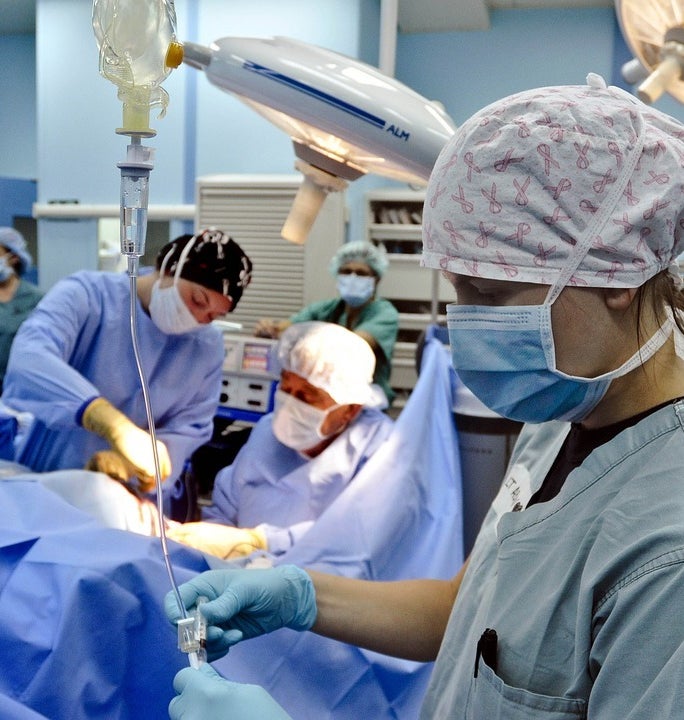
Because over 80 percent of adults with obstructive sleep apnea (OSA) remain undiagnosed, they have an increased likelihood of developing health problems, which includes obesity, heart, kidney, and liver disease. Many of these adults will undergo surgery at some point in their lives, and will have the added risk of preoperative, intraoperative, and postoperative complications.
Heart disease is the leading cause of death in the U.S. and sleep apnea is associated with high blood pressure, arrhythmia, stroke and heart failure. Heart disease is the leading cause of death in the United States; stroke is the fourth and a leading cause of disability.
A review of cardiac surgical patients showed that those suffering from OSA had increased oxygen desaturation, acute respiratory failure (ARF), reintubation, myocardial infarction, arrhythmias, cardiac arrest, intensive care unit (ICU) transfer, and length of stay. It is dangerous when patients haven’t yet been diagnosed with OSA because the potentially dangerous complications of cardiovascular and respiratory can arise, especially during anesthesia. In an attempt to reduce perioperative complications, 60 percent of ambulatory surgery centers have followed the recommendation of the Society for Ambulatory Anesthesia to require patients to bring their CPAP machines.
CPAP is commonly prescribed for the treatment of OSA, but patients do not regularly adhere to wearing the mask so do not receive the maximum benefits of treatment. A recent full study in the New England Journal of Medicine showed that CPAP did not reduce heart risks. A factor is due to patient use only about three hours a night and that is insufficient to provide true heart health benefits.
Oral Appliance Therapy (OAT) is the best alternative to CPAP and patients use the appliance nightly because of its comfort, convenience, and mobility for the patient. Patients can be fitted with special oral appliances that look like orthodontic retainers or sports mouth guards. They are usually made from clear acrylics and all have adjustment features. These appliances dilate or open the airways by repositioning the soft palate and stabilizing the lower jaw and tongue with respect to the soft palate, uvula, and the back of throat, thus increasing the volume of the airway.
Co-authored with Lily Mai.
The information provided is for general knowledge and discussion about medicine, health and related subjects. The words and other content provided in this article and any linked materials, are not intended and should not be construed as medical advice.